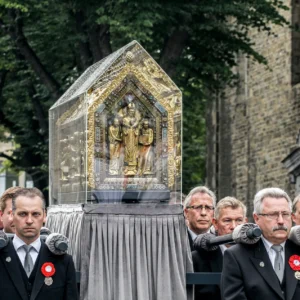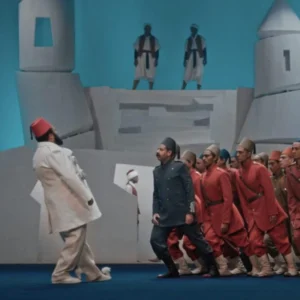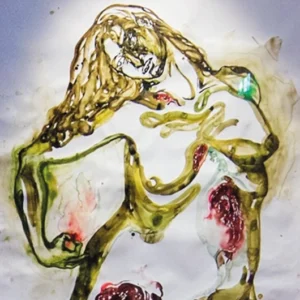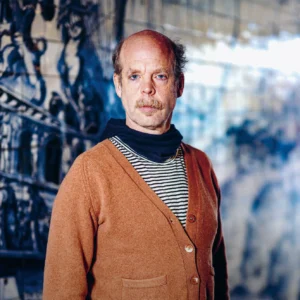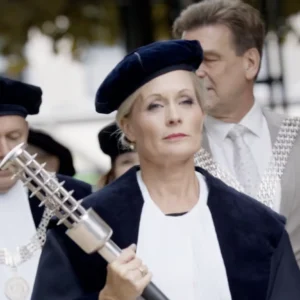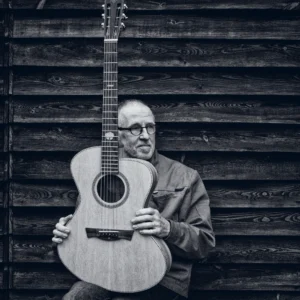


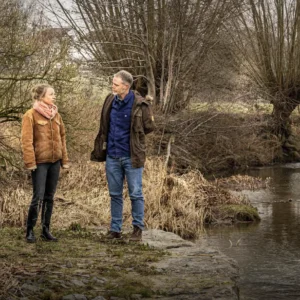
Those who stroll beside the Geul are usually unaware that along the banks of this meandering river unfolds a story of water, history and hope for the future. This landscape, bursting with history and culture, is home to ‘Rivier Atelier’: a project led by Claartje Rasterhoff and Christian Ernsten in collaboration with Natuurmonumenten, an NGO dedicated to preserving natural areas and cultural heritage in the Netherlands. They want to protect the unique watermill landscapes of the Geul in the face of pollution, biodiversity loss and climate change. How can this two-sided coin—beauty and pollution—help us to understand our environmental heritage in a new way?
Funded by the Dutch Cultural Heritage Agency and the Province of Limburg, the study is part of the project ‘Toxic love: Commoning heritage in times of climate crisis.’ This project focuses on how collective action can aid in the management of landscapes long shaped by human activity and environmental problems. “The Geul is not just this idyllic picture,” Claartje Rasterhoff explains. “It’s a landscape with a layered history that needs care and attention. We’re trying to unpack those layers and develop an integrated, multidisciplinary strategy for the area.”
Layered history
The research offers a unique opportunity to see pollution not just as a problem, but as a key to a deeper connection with our environment. Walks, workshops and policy research will bring to light historical layers of pollution and their impact on the landscape. The researchers will also consider the role of non-human actors: the flora and fauna that have adapted to these toxic conditions.
Here, the history of industrialisation, conservation, water management and tourism coexist, often in a delicate balance. “The Geul is ‘frozen’ in the public imagination as this pristine, unspoilt landscape,” says Christian Ernsten. “But the reality is messier than that. Agricultural and industrial activities have been polluting the river since Roman times.”
Symbolic of the pollution caused by the zinc industry is the zinkviooltje, a type of violet that flourished along the Geul after adapting to an excess of the toxic metal in the environment. Yet history also offers hope. Rasterhoff explains that the Geul is an example of how communities successfully utilised and managed the landscape for centuries. “This special landscape offers valuable lessons for our contemporary approach to heritage and nature.”
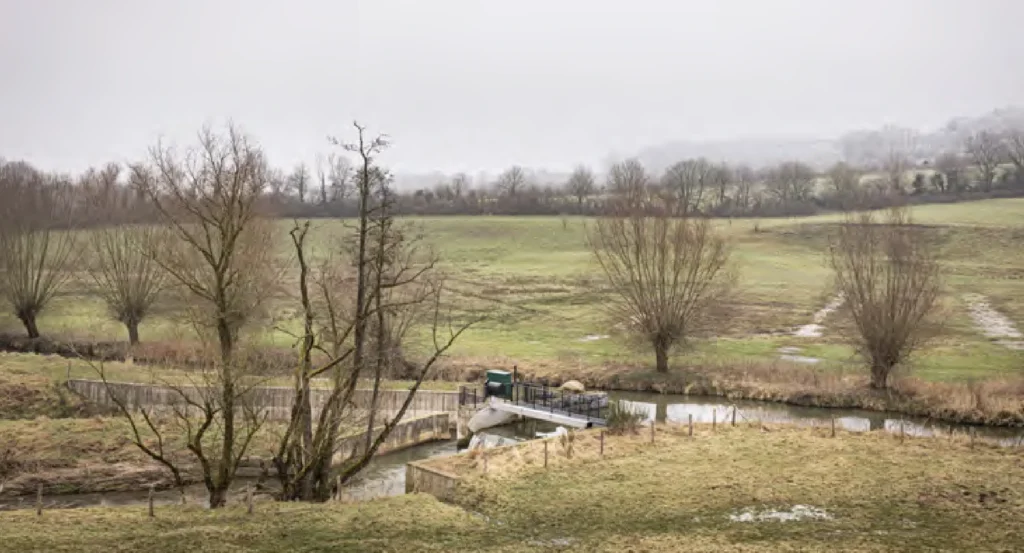
A Landscape in Flux
Rivier Atelier emphasises that the Geul forms a living, constantly changing landscape. To preserve it, we must go beyond the image of it as a ‘frozen’ idyll.
“We don’t want to destroy that romantic image,” Ernsten says. “But we do have to ‘thaw’ it, conceive of it as fluid and dynamic. We want to learn from historical practices and apply them in the complex context of today.”
One focal point is the Volmolen in Epen, an iconic part of the Geul valley. This historic watermill is considered an example of effective medieval water management.
“The watermill is more than a heritage object,” Rasterhoff explains. “It’s a case study of how a landscape has been used over the centuries and adapted to changing conditions.”
The researchers are proposing a new role for the mill in the form of exhibitions, sustainable tourism, or education on historical water-management techniques.
“The goal is not just to preserve the mill,” Ernsten says, “but to make it relevant to the current community.”
Christian Ernsten is assistant professor of Heritage Studies at the Faculty of Arts and Social Sciences (FASoS). He is the programme director of the Research Master in Cultures of Arts, Science and Technology (CAST) and chair of the Maastricht Experimental Research In and through the Arts Network (MERIAN).
Climate and Heritage: An Integrated Approach
The challenges facing the Geul valley are complex and call for a broad-based approach. Climate change, extreme weather conditions, and nitrogen and phosphate pollution are placing a strain on both the landscape and its historical heritage. The Rivier Atelier project is working towards an integrated vision that addresses not only the effects of pollution, but also its causes.
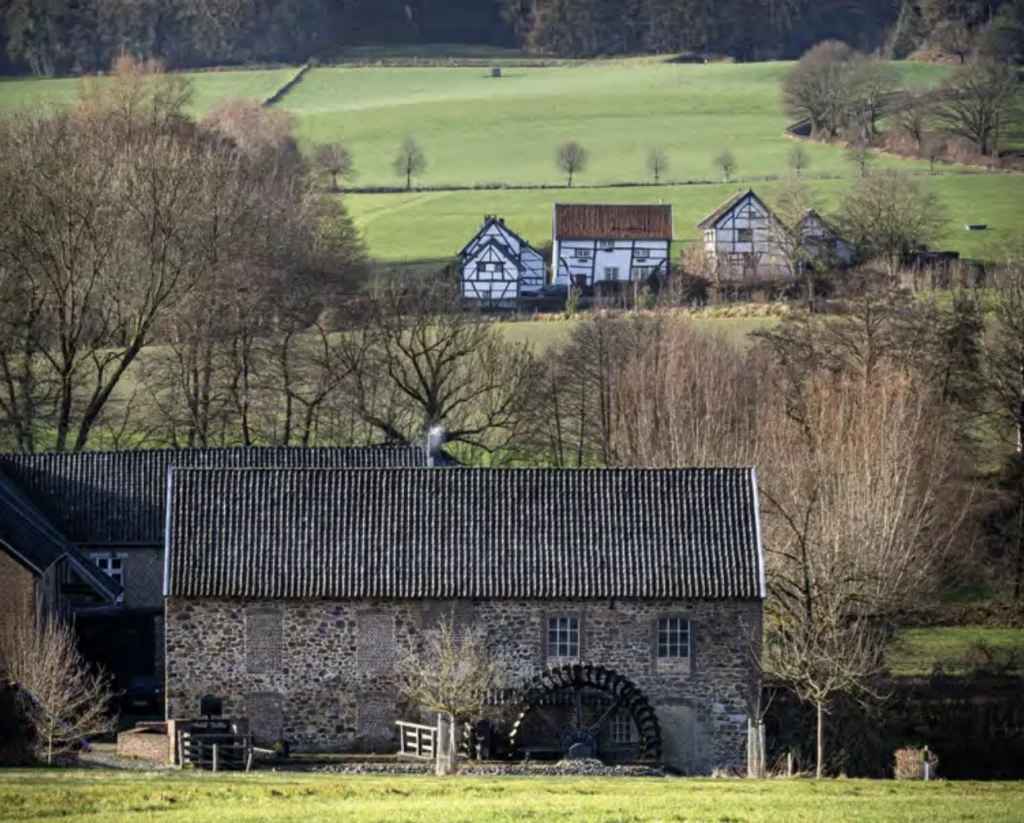
“Every discipline has its own perspective, but the trick is to connect them,” Rasterhoff says. The research will bring together farmers, designers, scientists, nature organisations and local communities. Together, they are mapping out the available expertise and interests.
A Call for Care and Attention
Rivier Atelier is striving for concrete results that contribute to the preservation of the region. By mid-2025, they aim to publish a report for policymakers and organisations such as Natuurmonumenten, including a proposal for the sustainable management of the Geul valley.
The project invites us to rediscover the Geul, not as a static painting on the wall, but as a living landscape that needs care and attention.
“The South Limburg landscape has something poetic about it,” Rasterhoff says. “It’s inspired many song lyrics and great admiration. But if we want to preserve it for future generations, we need to understand that it’s not just a pretty picture. It’s a living, breathing landscape, with an eventful past and a hopeful future.”
 Christian Ernsten is assistant professor of Heritage Studies aan de Faculty of Arts and Social Sciences (FASoS). Hij is programmadirecteur van de Research Master Cultures of Arts, Science and Technology (CAST) en voorzitter van het Maastricht Experimental Research In and through the Arts Network (MERIAN).
Christian Ernsten is assistant professor of Heritage Studies aan de Faculty of Arts and Social Sciences (FASoS). Hij is programmadirecteur van de Research Master Cultures of Arts, Science and Technology (CAST) en voorzitter van het Maastricht Experimental Research In and through the Arts Network (MERIAN).
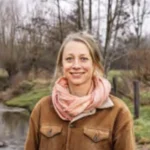 Claartje Rasterhoff is assistant professor of Cultural Policy and Art Management aan FASoS. Ze is directeur van het interfacultaire Maastricht Centre for Arts and Culture, Conservation and Heritage (MACCH) en medeoprichter van PLANT—de Playground and Laboratory for New Technologies—een onderwijs- en onderzoekslab voor de geestes- en sociale wetenschappen.
Claartje Rasterhoff is assistant professor of Cultural Policy and Art Management aan FASoS. Ze is directeur van het interfacultaire Maastricht Centre for Arts and Culture, Conservation and Heritage (MACCH) en medeoprichter van PLANT—de Playground and Laboratory for New Technologies—een onderwijs- en onderzoekslab voor de geestes- en sociale wetenschappen.
Dit artikel is verschijnen in UMagazine februari 2025

